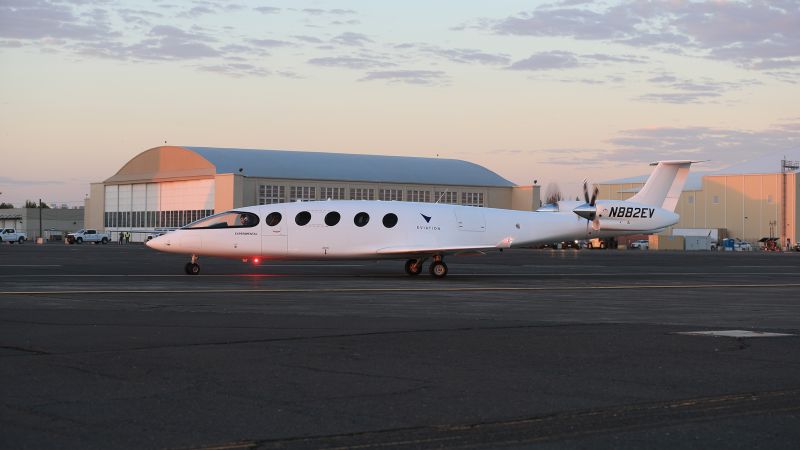I don't think these electric planes are flying at the same altitude as commercial airliners.
You may be right. But even at 3000 ft, temps are 20-30 F lower than on the ground.
Moreover, flying higher is actually more energy efficient (which is why planes that can, fly so high). So having them fly lower is a waste of energy. (And even for renewable energy that's wasteful and should be avoided.)
Finally, smaller planes don't fly long distances. And for such distances, other modes of transportation are often far better suited and far more energy efficient.
Point is, for an experiment, a trial, this is fine. But getting even more used to energy wasting short-distance flights is not the best way to deal with this - until cheap and unlimited, carbon-free energy is available. (Which, see fusion, will always be 30-50 years out...)



 I think he meant 4,500 nmi or NM.
I think he meant 4,500 nmi or NM.